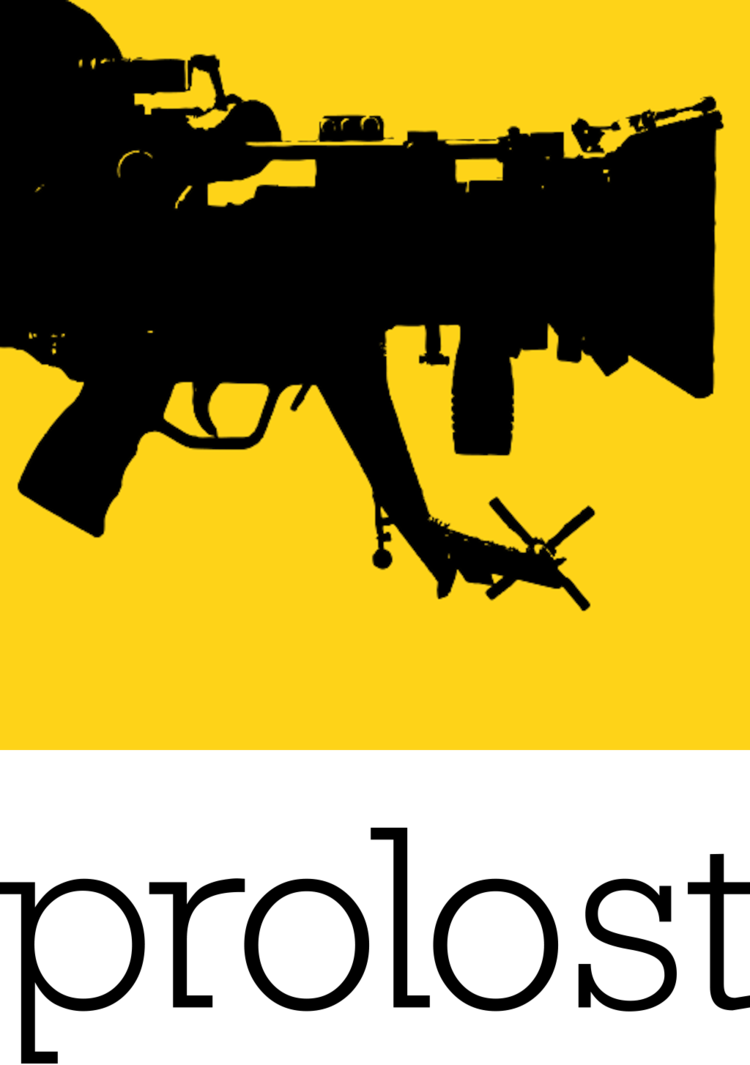And here we have the key. If we want the RED One to match the Genesis's latitude, this must be our exposure target in Rec709 (which, at the time of this writing, is the only monitoring option for the RED One, although that should change soon). We must ignore RED One's suggestions to expose it like a video camera.
Put 18% gray at 12.8% IRE.
Put white folk at 23.1% IRE.
"White" will land at 39.2% IRE, and you'll hold values all the way up to (and slightly beyond) 600%.
No problem. Except for two things:
This dark image won't be any fun to look at. Not for directors and not for DPs. Something more like Panalog would be better, and something to which a 3D LUT could be applied would be ideal.
But more importantly, RED One, like many cameras, has compression and noise, two things that show up like crazy in underexposed images. By standardizing on an underexposed image, we are putting the most important value ranges down in the mud where they just might get stepped on.
But hey, that's what Panavision's doing! They just happened to plan their entire camera and imaging pipeline around what they perceived as a digital cinema mandate: hold onto enough highlight values that your images look terrific on film.
So how will the RED One handle being underexposed by 2.580 stops across the board? We'll find out next week when Paul shoots his next round of tests!
Oh, and one last thing, just to bring this all home. We've seen how a Rec709 camera can't even hold 100% scene illumination without some underexposure, usually found in the form of a rolloff curve that allows it to capture maybe up to about 150%. We've seen how the Genesis cleverly holds onto 600% scene illumination. But what of film? Well, there are a lot of different film stocks out there, but as a rule the Cineon log model, which makes no accounting for toe or shoulder, maps Cineon log 1023 to 1,352%.
That's right, 1,352%. Here's what that looks like:





